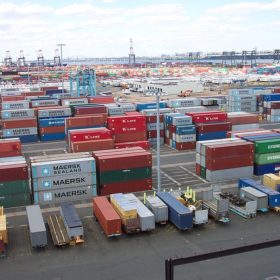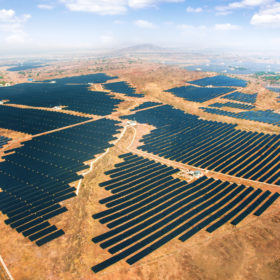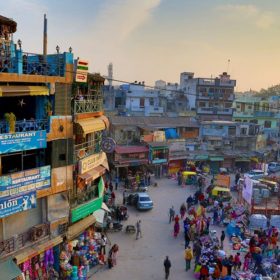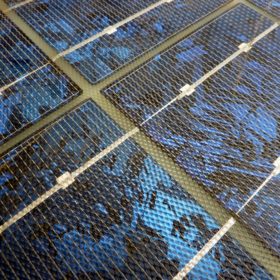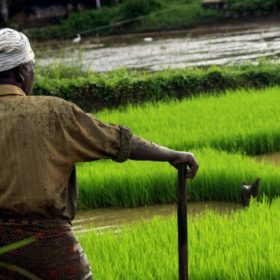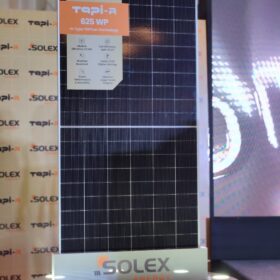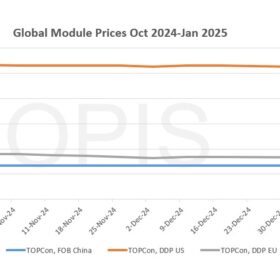Few winners as India imposes 25% safeguard duty, says IHS Markit
The tariff means PV projects will pause as developers adjust procurement strategies and new tenders risk delays or cancellation. The two-year limit on the duty will not be long enough to prompt more cell manufacturing capacity and as for imports, there are doubts over how the origin of cells will be adjudicated so that Chinese and Malaysian cells are subject to the charge, say analysts.
India well on track for 100 GW target, claims minister
Narendra Modi’s Minister for New and Renewable Energy has waved aside complaints about safeguarding duties by telling India’s upper house the nation’s ambitious four-year solar target is ‘comfortably’ within reach.
Gujarat leads in approved solar park capacity
With an approved solar park capacity of 6,200 MW, Gujarat tops the list of solar parks approved under the Solar Park Scheme of India’s Ministry of New & Renewable Energy (MNRE).
SECI launches 750 MW Rajasthan tender
With a maximum fixed tariff of $0.0427/kWh under a 25-year PPA, the total capacity available is made up of 10 MW multiples and could potentially all go to one bidder.
33 MW rooftop tender a first for India
With more than 550 rooftops identified to save installation time and costs, the scheme will be divided into 27 project groups backed by the Madhya Pradesh and federal governments. PPA agreements are already in place.
Amplus to set up 400 MW solar capacity in Uttar Pradesh
Encouraged by the state’s investor-friendly solar policy, distributed power producer Amplus Energy Solutions will install 400 MW of solar capacity for R20 billion over three years. In the first phase, Amplus will develop a 50 MW ground-mounted project in Mirzapur district.
Vikram Solar demands special economic zone exemption from safeguarding
The Kolkata-based EPC company says failing to exempt SEZs from the new tariff defeats the point of the existence of such areas, which is to foster domestic manufacturing and industry.
Even with duties, Chinese PV modules will be competitive in India
Despite safeguard tariffs against certain imports of solar PV products into India, Chinese manufactured modules will remain competitive, says TrendForce. It further anticipates PV demand falling 30% in fiscal year 2018 in India, while cost pressures will mount for EPCs and project developers.
No 25% duty after effect? Odisha auction sees low tariffs
In the first big auction, a day after the imposition of a 25% safeguard duty on solar imports, the winning tariff of Rs 2.79 (US$0.041) at the 200 MW Odisha auction took the industry by surprise.
India solar water pump scheme could add 150 GW, report says
Greenpeace India, Germi, and the IWMI-Tata Water Policy Program have released a report stating that the Indian government’s latest ambitions to deploy solar water pumps could meet the country’s solar PV target of 100 GW, if done comprehensively. So far the plan goes as far as 28 GW, and still needs legislative approval.
